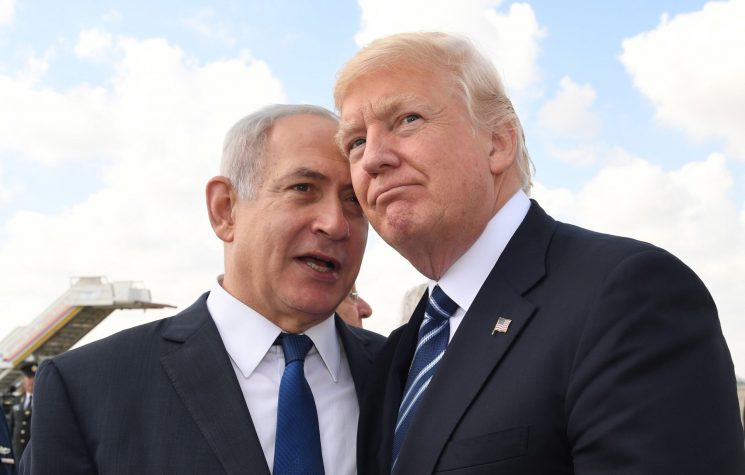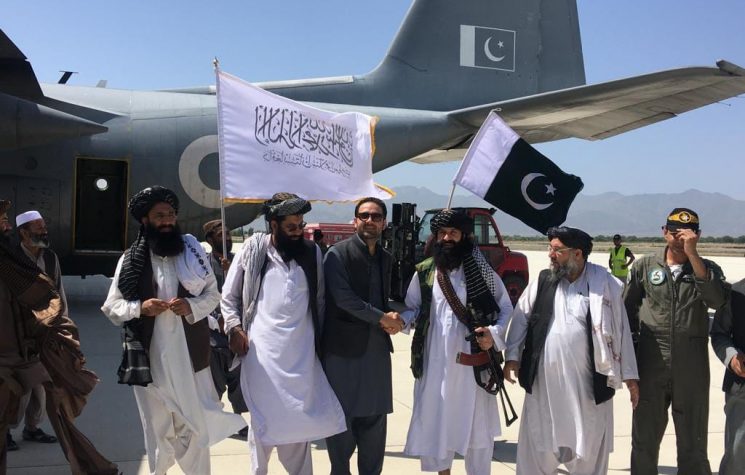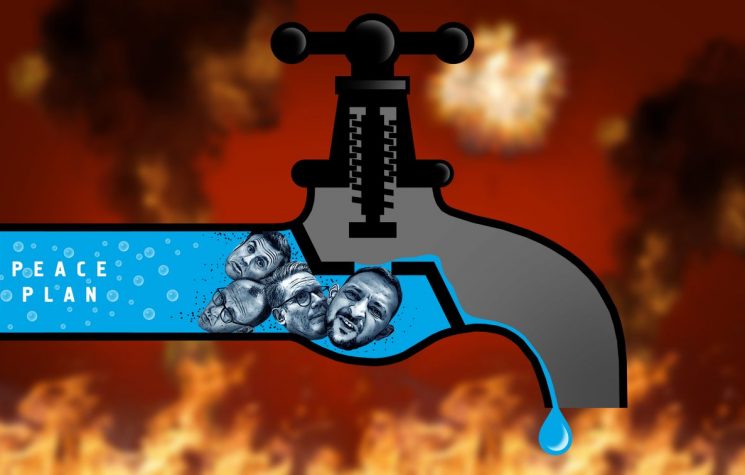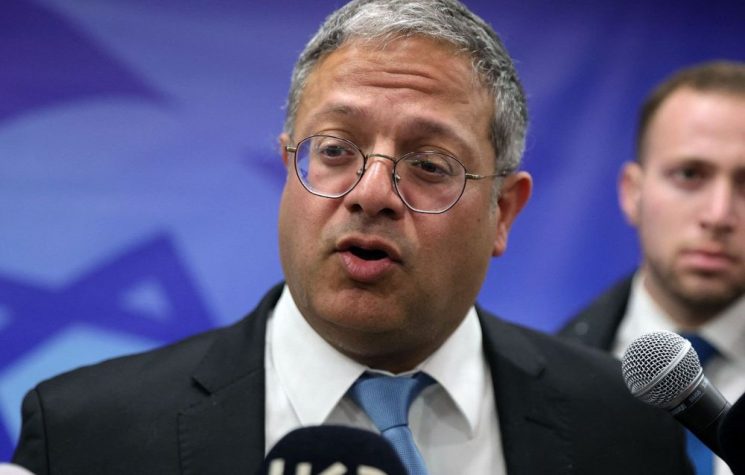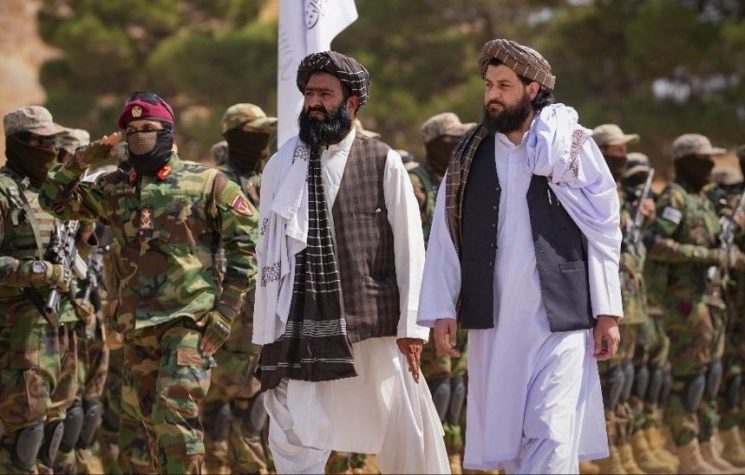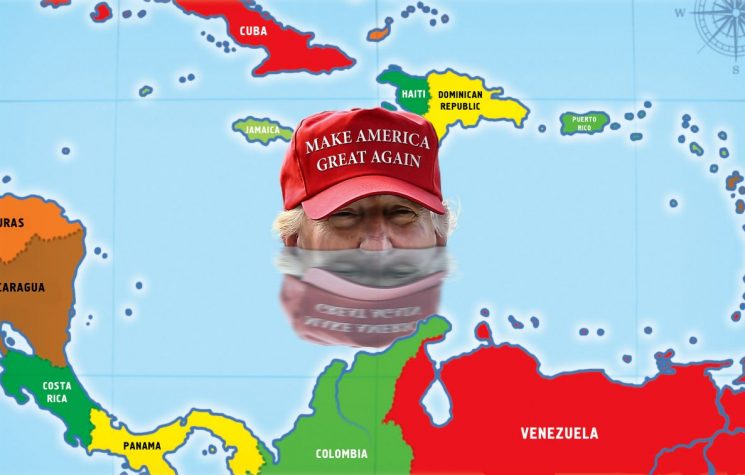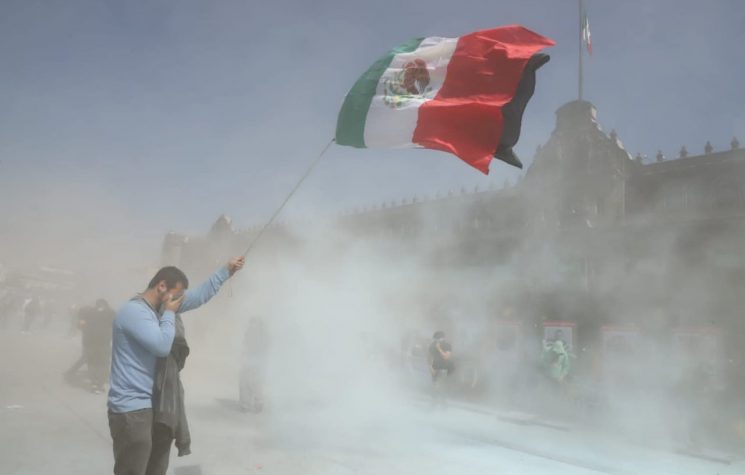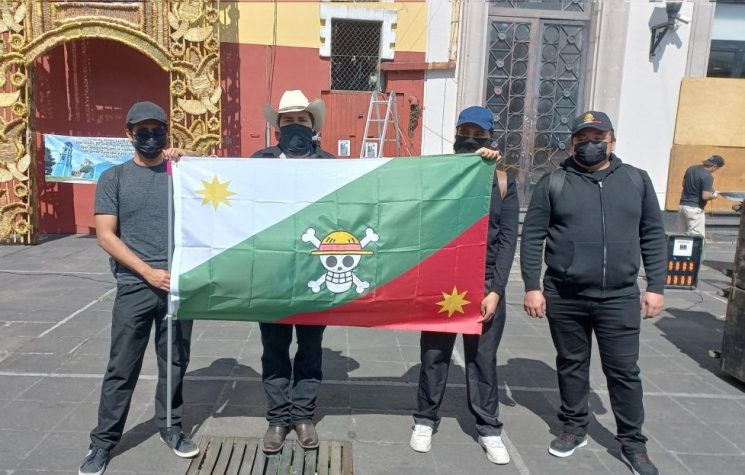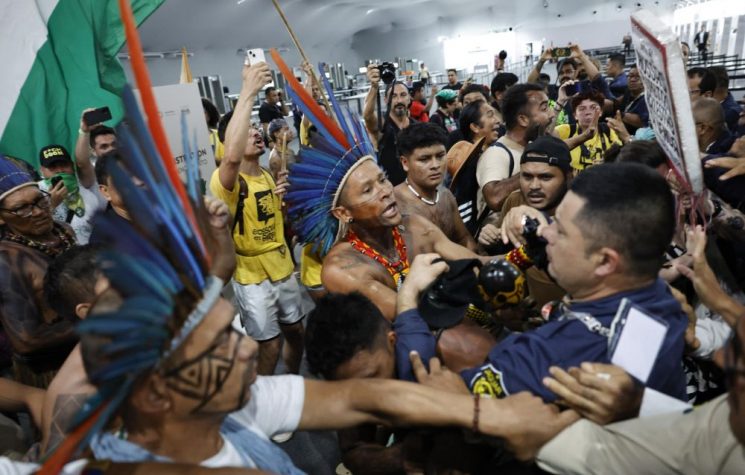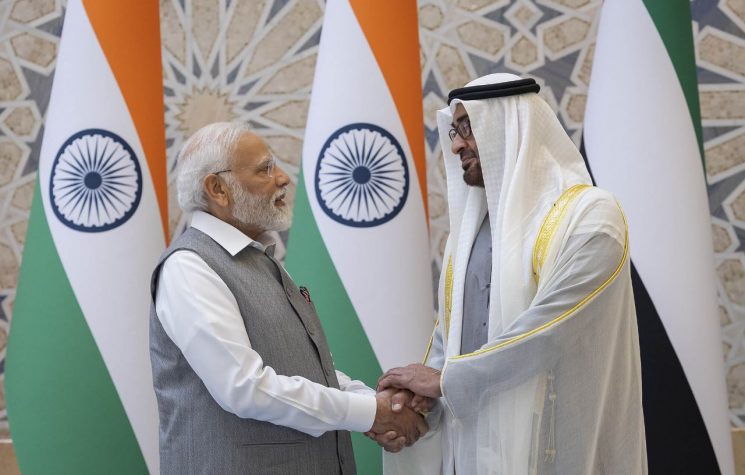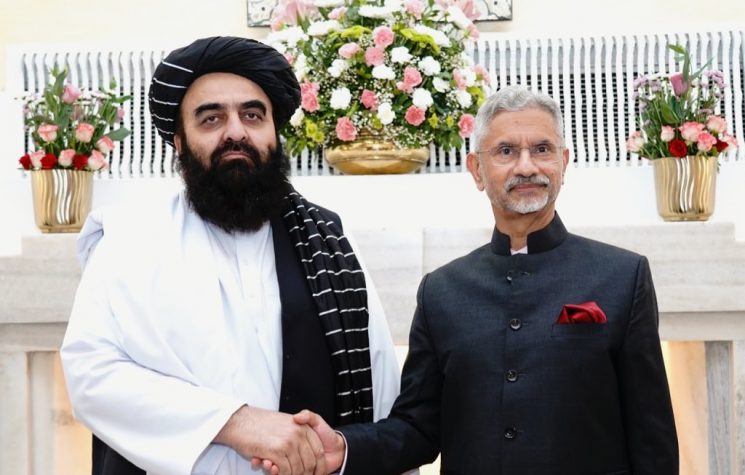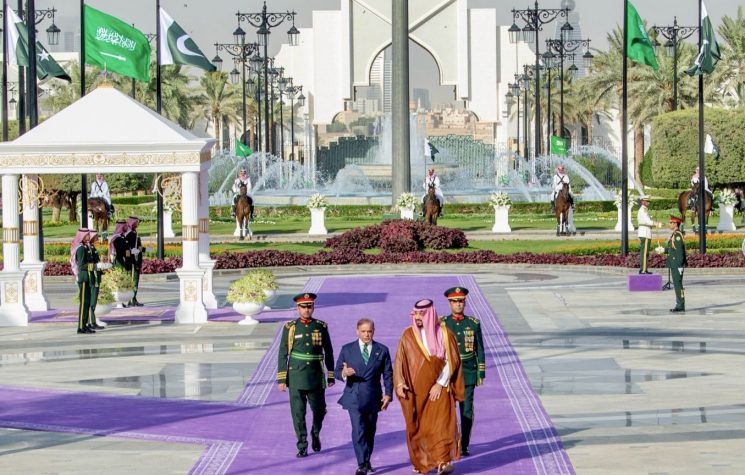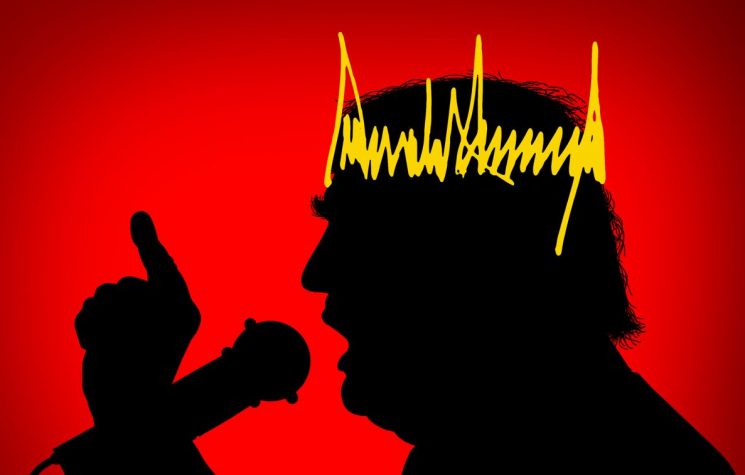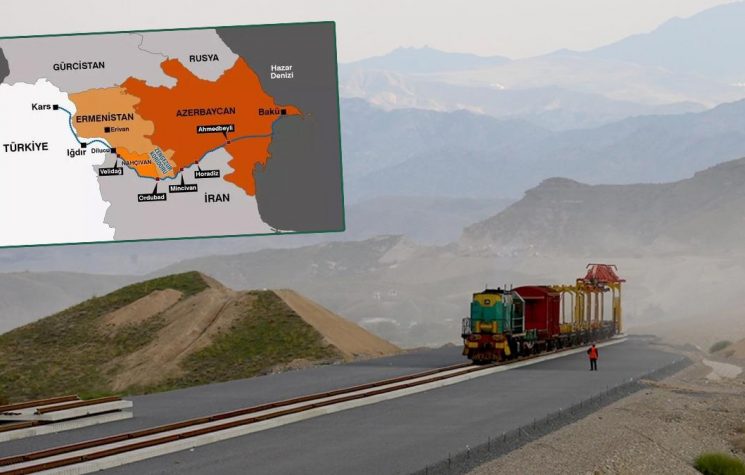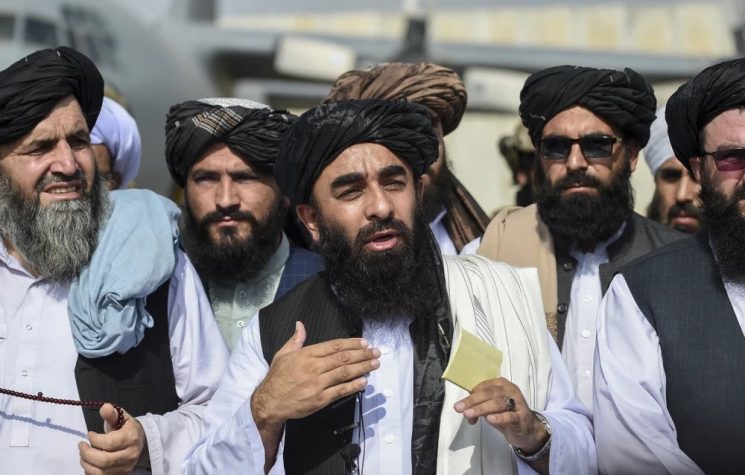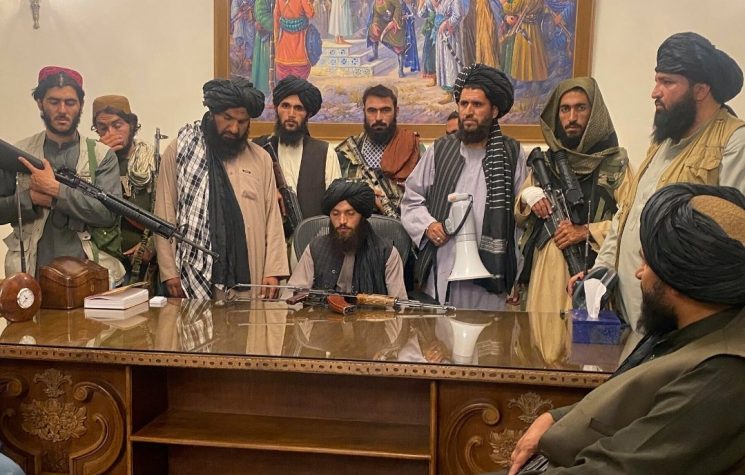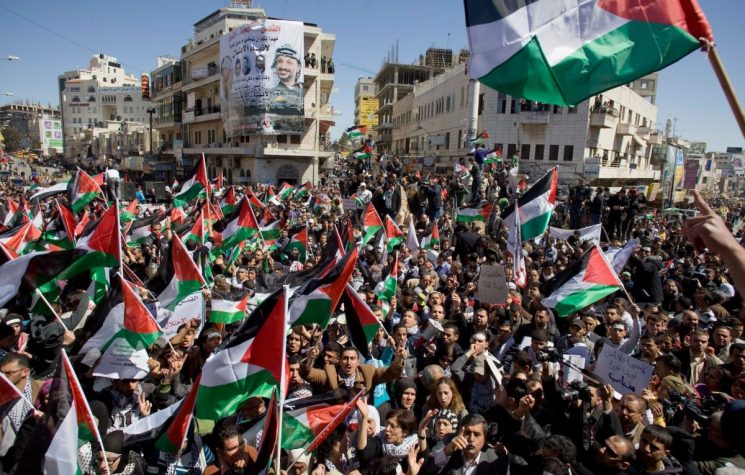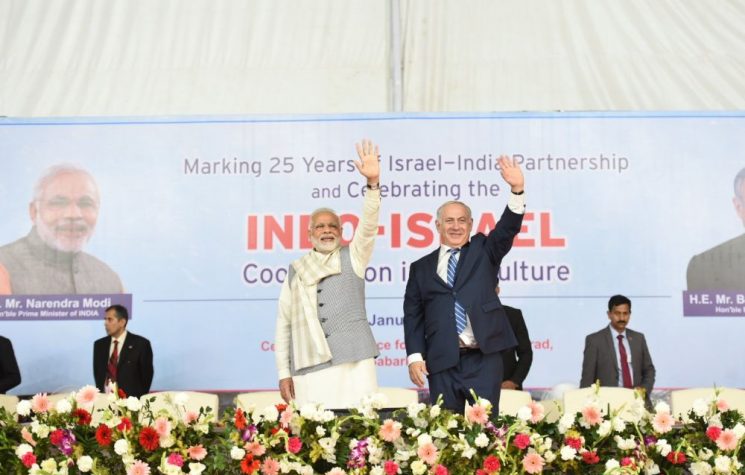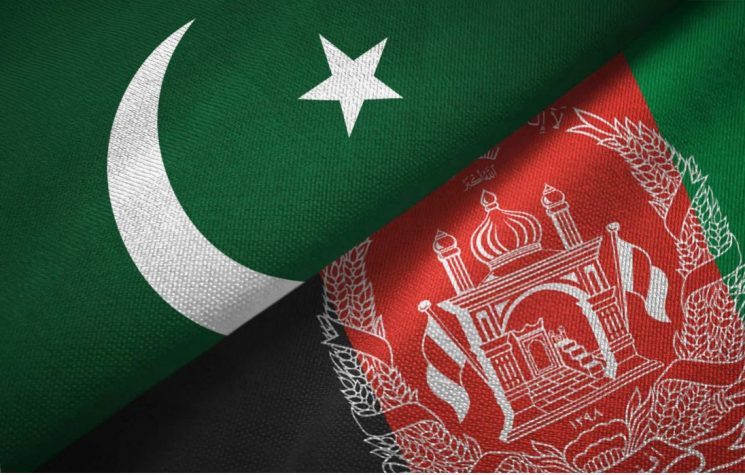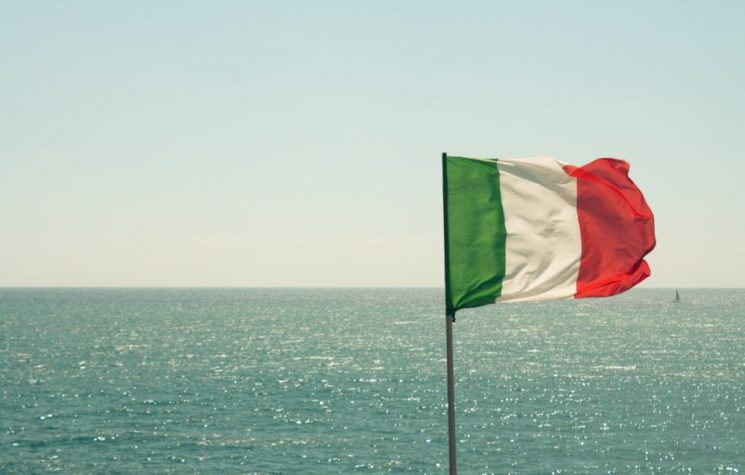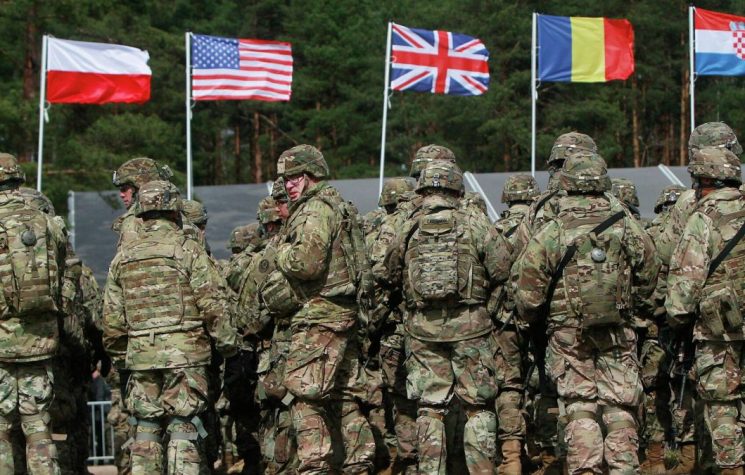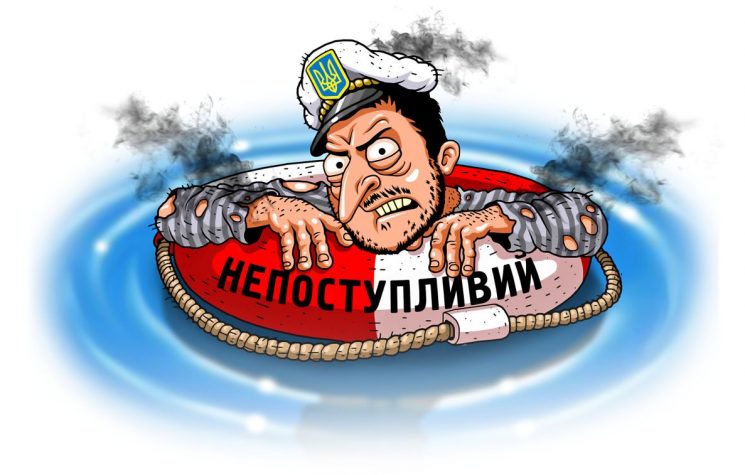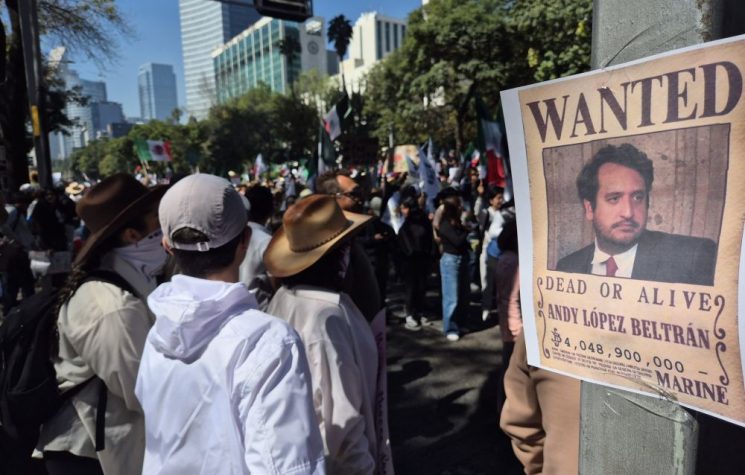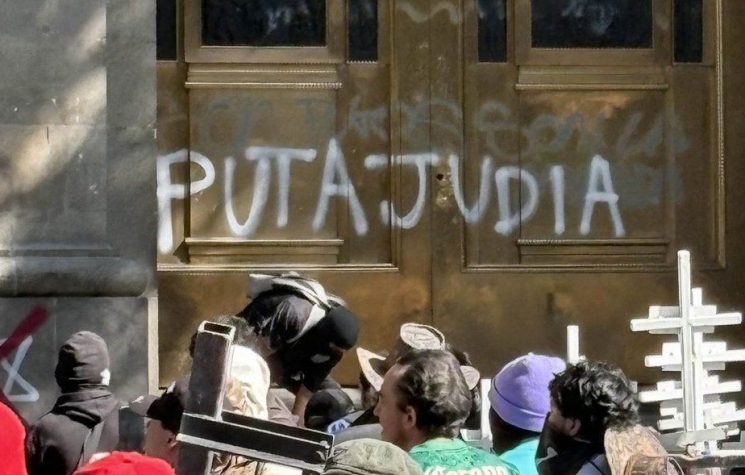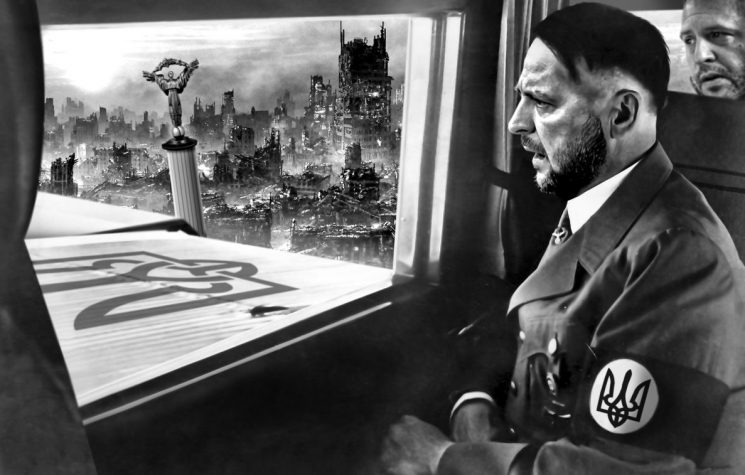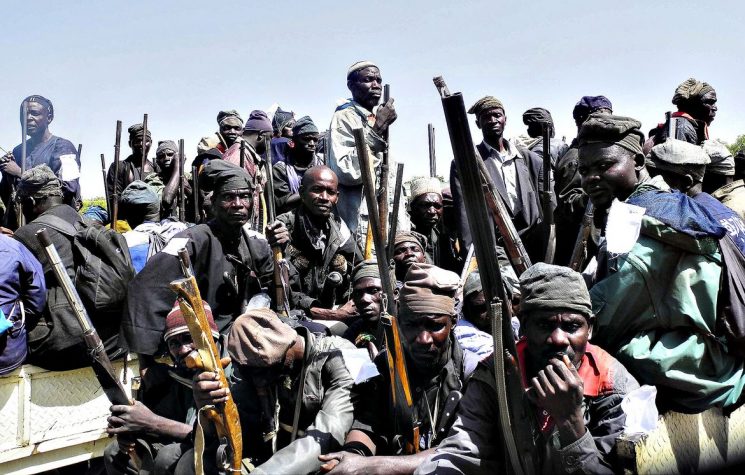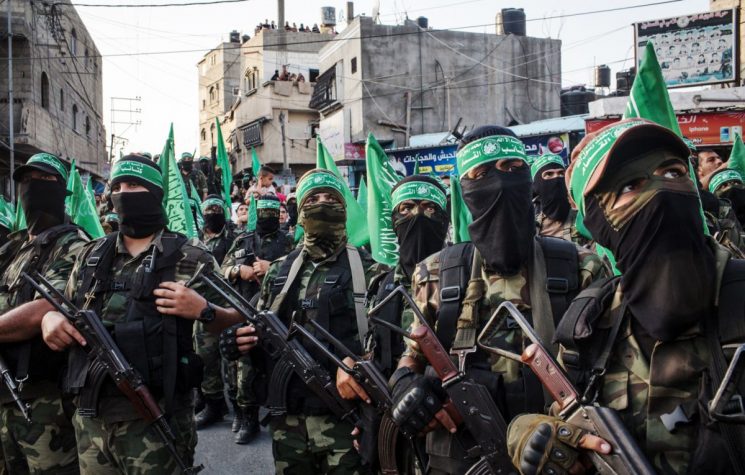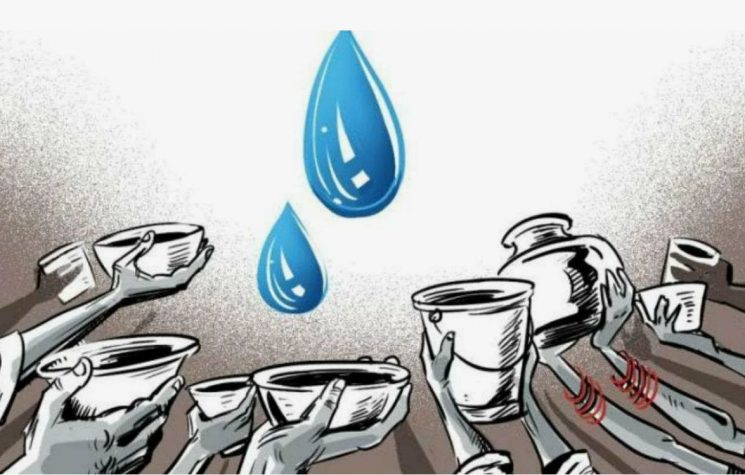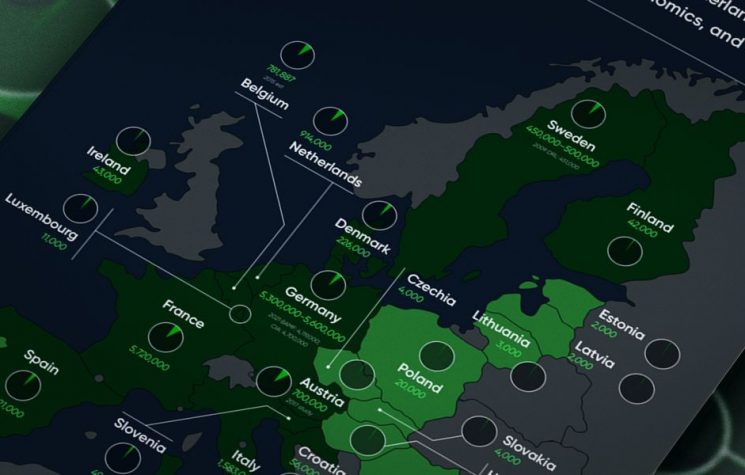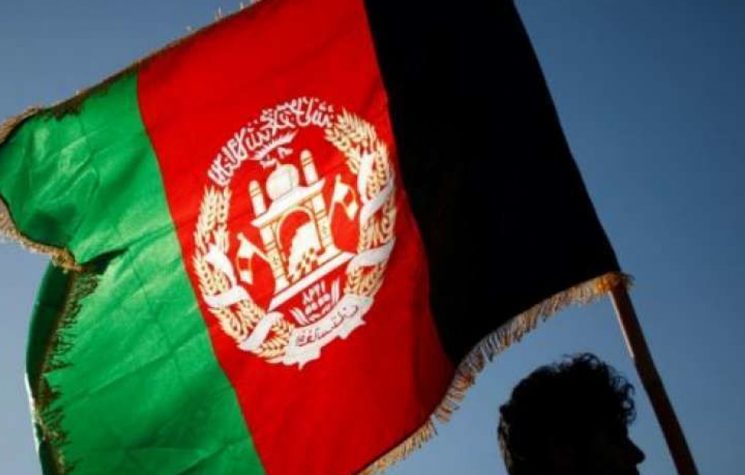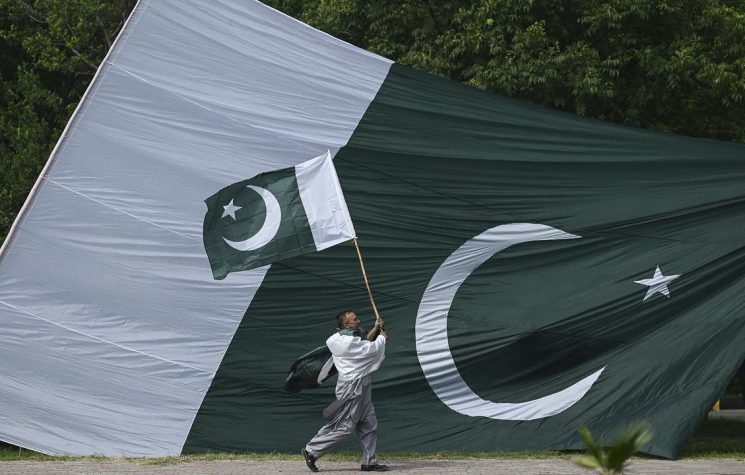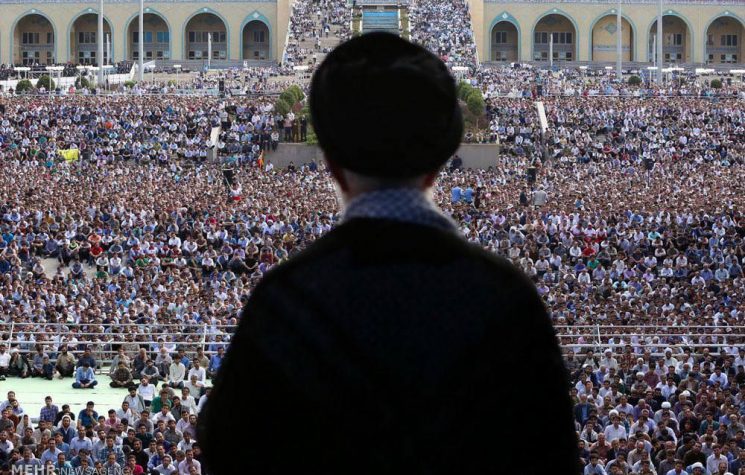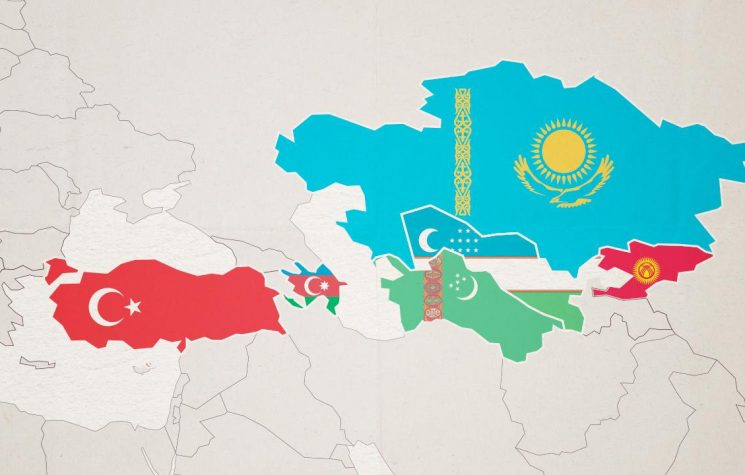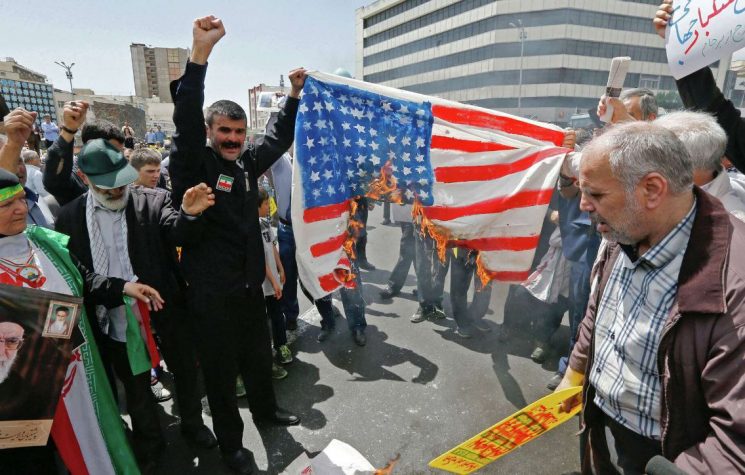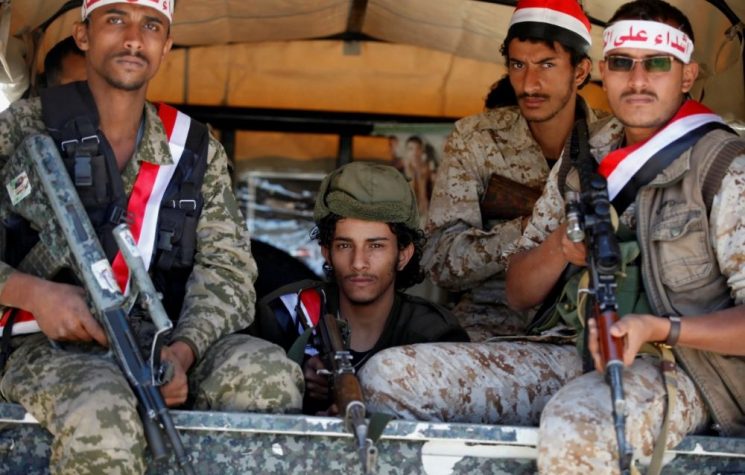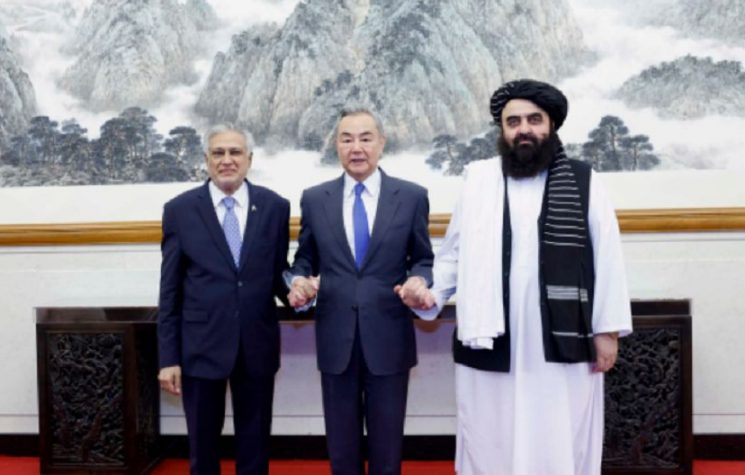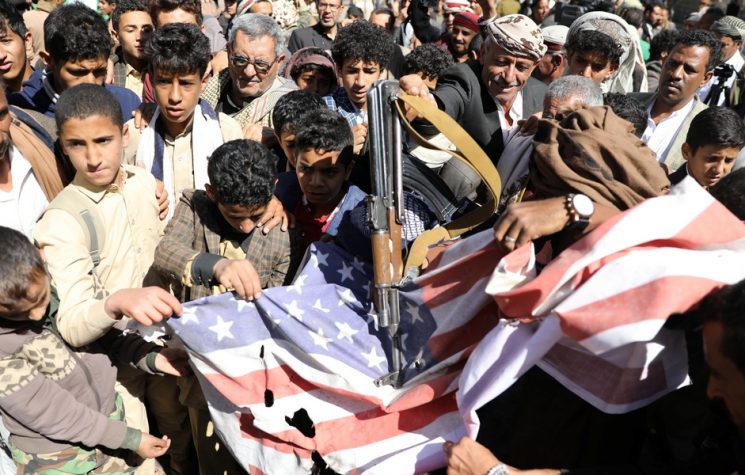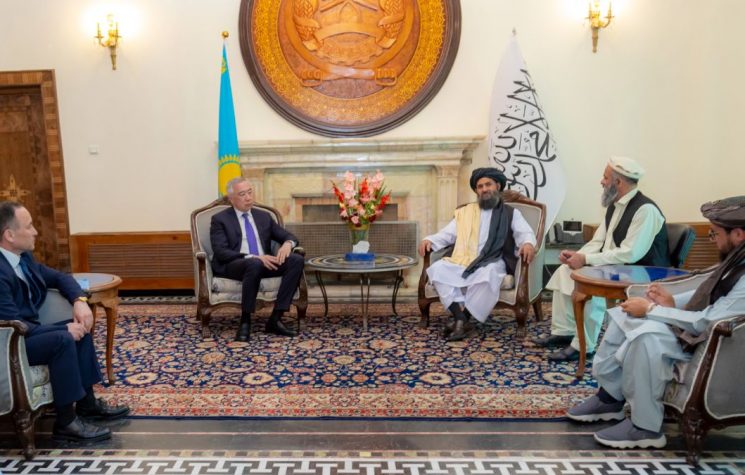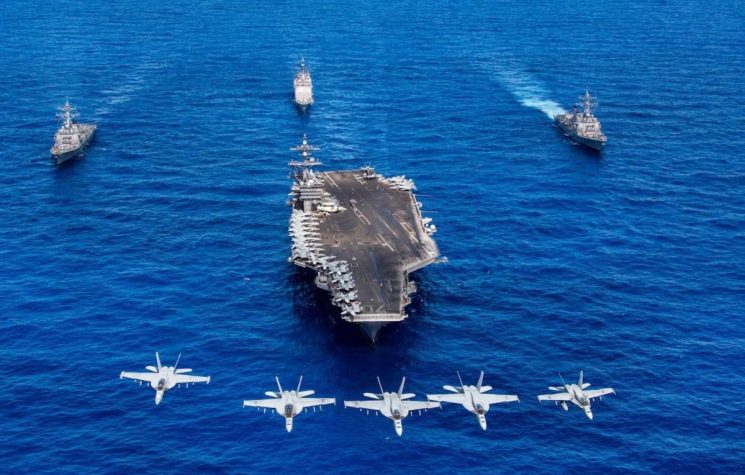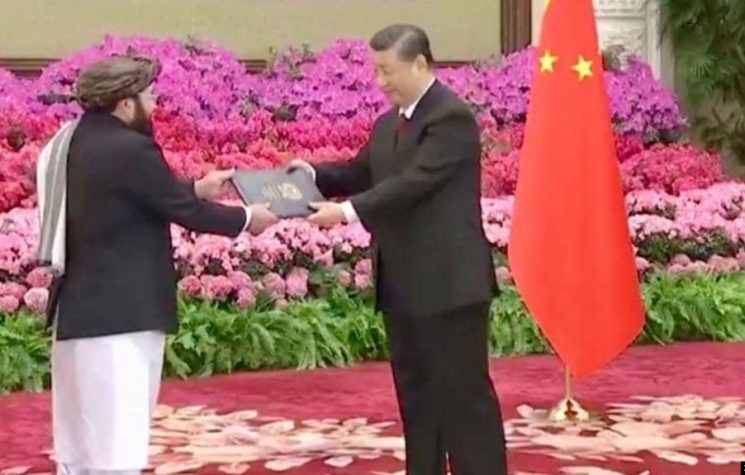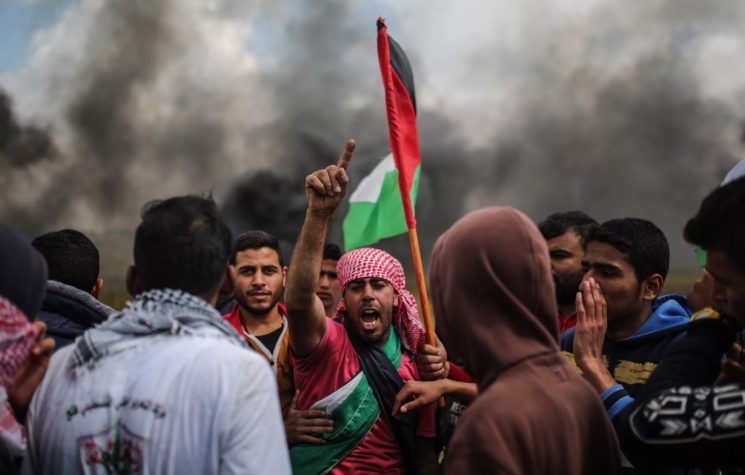There is a revolutionary process underway in the Middle East, the trigger for which was the start of Operation al-Aqsa Storm on October 7, 2023.
❗️Join us on Telegram![]() , Twitter
, Twitter![]() , and VK
, and VK![]() .
.
Contact us: info@strategic-culture.su
There is a revolutionary process underway in the Middle East, the trigger for which was the start of Operation al-Aqsa Storm on October 7, 2023, and which is being spread throughout the region as Israel’s genocide in Gaza generates exemplary responses from the Axis of Resistance.
The last major and widespread popular uprising in the region, the Arab Spring of 2011, may be repeated as the situation evolves into mass rebellions against the imperialist powers, Israel and its vassal and traitor regimes.
The Arab Spring began as a gigantic popular revolt against the putrefied regimes of North Africa, most of them vassals of imperialism, and even overthrew some of them, such as those in Tunisia and Egypt (where the popular Muslim Brotherhood took power). But, as it was a spontaneous and disorganized movement, it ended up succumbing to the manipulations of imperialism, which soon reversed most of the Spring’s conquests, removing the Muslim Brotherhood from power and returning it to its doormats in Tunisia and Egypt, as well as destroying Libya and Syria (the only two countries where the Arab Spring broke out that were not aligned with the U.S.).
This time it will be more difficult for the imperialist powers to manipulate the masses. At the beginning of the last decade, the demands were essentially economic and those that were political aimed at democratic reforms and the departure of rulers, without, however, being clear which was the main enemy to be fought: the dominance of imperialism over those regimes. Now popular consciousness has evolved and anti-imperialist sentiment is stronger: the Arab people know that their immediate need is to free themselves from imperialist control and this is their main struggle.
In the countries of the Axis of Resistance the revolutionary process is more evident and is more developed, notably in Palestine, where Hamas and its allies impose an inevitable defeat on the Israeli invaders, but also in Lebanon and, mainly, in Iraq, where armed resistance is expelling American troops. In Yemen, revolutionaries are already in power in part of the country and it is a matter of time before they complete the national revolution.
Gaza: the cemetery of Zionism
Almost four months of invasion and genocide were of no use to Israeli troops. According to the Wall Street Journal, 80% of Hamas’ tunnels are intact, which means that the Resistance’s infrastructure has suffered virtually no damage, as have its troops. Three-quarters of Palestinians believe in victory, which indicates very high morale within the Resistance forces.
The same cannot be said of the invading forces. Its fatalities are already around 220, the highest in Israel’s history in the wars against the Palestinian Resistance – a “historic” rate, in the Washington Post’s definition. As time passes, the agony of the “Israel Defense Forces” in the quicksand of Gaza increases. These numbers are rising at a much faster rate than at the beginning of the operations (including 21 soldiers killed in a single Hamas attack on January 23) and at the same time the invaders are losing the positions they gained in northern Gaza.
This favorable situation for the forces fighting Israel in Gaza is thanks to the population’s support for the revolutionary war. According to a study by the Arab World Research and Development group, ¾ of Palestinians support the al-Aqsa Storm and believe in a positive role played by Hamas. At least half of Palestinians also believe that Hamas is fighting for their freedom. The Palestinian Center for Politics and Opinion Research reached the same conclusion. A survey by the Washington Institute also proves that the majority of Palestinians support Hamas and other Resistance groups.
Another survey, by the Arab Barometer, indicates that the al-Aqsa Storm is not the result of an isolated attitude by Hamas, but rather of the pressure that the Palestinian people exert on the Resistance leaders: before October 7, the majority of Palestinians criticized Hamas for not doing enough against the occupation.
To the approximately 40,000 Hamas militants, there are thousands of fighters from Islamic Jihad, the Popular Front for the Liberation of Palestine, the Popular Front for the Liberation of Palestine – General Command, the Democratic Front for the Liberation of Palestine and many other organizations involved directly in the fight against the occupier, who form the Palestinian Resistance. Thus, according to the numbers revealed by the Israeli army, its operation did not eliminate even five percent of the combatants.
The political consciousness of the Palestinian people is evolving rapidly thanks to the lessons of war. According to statistics published in The Cradle, only 41% of Palestinians in Gaza have a positive view of Iran’s attitudes, which probably means they expected a more energetic policy from Tehran against Israel and in its protection, since the country of the ayatollahs is the great bastion of the anti-imperialist and anti-Zionist struggle in the Middle East. The popularity of the Houthis (68%) and Hezbollah (63%) – popular movements independent of the ruling class –, for example, is much higher. Only 11% have a favorable opinion about the role played by the UN.
But it was not just ordinary Palestinians who raised their level of political consciousness. The same can be said of the revolutionary leadership. The Palestinian Resistance does not trust international institutions, such as the International Court of Justice, and only accepts the end of its current operations with Israel’s total withdrawal from Gaza. Israel is increasingly inclined to accept the Resistance’s conditions, given successive defeats on the battlefield and the spectacular economic blockade imposed by the Houthis.
A Third Intifada About to Occur in the West Bank
All newspapers covering events in the area admit that a Third Intifada is brewing in the West Bank. Israel’s actions, such as economic suffocation, cutting off collaboration with the Palestinian Authority and the expansion of settler activities, are inflaming the spirits of the West Bank people, as well as, mainly, the operations of soldiers who invade homes, execute young people and kidnap residents to take to Israeli prisons. Since October 7, 6,330 Palestinians from the West Bank have been abducted and detained in Israeli dungeons.
The Palestinian Resistance is also present there, fighting against Israeli troops who launch incursions to repress and persecute the inhabitants. The Israeli authorities themselves are concerned about the deterioration of conditions in the West Bank and the reduction in the popularity of the Palestinian Authority due to the intense economic crisis and very high unemployment. In fact, the PA is, literally, a government agency of Tel Aviv, as the salaries of PA members themselves are paid by Israel. The PA is an authority in name only, as 92% of West Bank citizens want Mahmoud Abbas to resign and 60% want it abolished, according to the Palestinian Center for Politics and Opinion Research. Support for Hamas is growing among West Bank residents.
Amos Harel, military columnist for Haaretz, confirms this assessment: “The Palestinian Authority, despite everything that is happening in Gaza, still maintains a degree of security coordination with Israel and still eventually arrests Hamas and Palestinian Islamic Jihad activists in its territory. Under the current circumstances, this will not last long, and could cause an explosion that will sweep away armed Fatah activists and security forces.”
Distrust in international institutions and governments is even greater than in Gaza: a tiny 3% have a positive view of the UN’s attitudes and 30% of Iran’s attitudes, while the rate is 39% for Hezbollah and for the Houthis by a staggering 89%.
A former senior Israeli intelligence official, Shalom Ben Hanan, told the Wall Street Journal that the feeling of revolt in the West Bank is at its highest level since the Second Intifada in 2000, and that this feeling is growing stronger every day, generating warnings of Israeli spy services of imminent al-Aqsa Storm-style attacks. Security authorities admit that the West Bank is “on the brink of explosion”.
The Palestinian people have already surpassed the phase of disorganized revolts. The Resistance is more articulated, united and prepared than ever. The Palestinian Authority tries to contain the masses in the West Bank, but this is increasingly impossible. It only controls the government, while the people side with Hamas and the armed resistance.
The Lebanese popular army goes to war
Israeli forces consider that the probability of war with Hezbollah is very high and if that happens, no one thinks that Israel will emerge victorious – on the contrary, it could suffer up to 15,000 casualties.
Hezbollah has an immensely larger infrastructure than Hamas, with 100,000 militiamen and 150,000 missiles aimed at Israel, and has already defeated the Zionist entity twice, in 2000 and 2006.
It is a true people’s army. The Party of God constitutes, in practice, a parallel power whose legitimacy and popularity are much greater than that of the Lebanese government itself. And its popularity is growing, even among Sunnis and Christians. According to a Washington Institute survey from November 14 to December 6, 2023, 93% of Shiites, 34% of Sunnis, and 29% of Christians have a positive view of Hezbollah. It is very relevant that, in the previous survey (2020), this index was 89% of Shiites, 7% of Sunnis and 16% of Christians. In other words, support for Hezbollah (a Shiite party) increased fivefold among Sunnis and almost doubled among Christians.
Other Islamic revolutionary organizations are also popular among the Lebanese: 79% of all Lebanese have a positive view of Hamas and even the Muslim Brotherhood (which is also Sunni) is viewed positively by ⅕ of Christians, 45% of Shiites and 53% of the Sunnis.
Furthermore, anti-imperialist sentiment is directly related to support for Hezbollah and the Palestinian Resistance, which demonstrates that this is not a religious issue – as proven by the statistics cited above. Half of the population believes Lebanon should leave the U.S. for partners like Russia and China, compared to ⅓ two years earlier.
The poll also signals not only a generic feeling of support for the Resistance and rejection of imperialism, but support for the armed struggle for liberation from oppressive forces. When asked, 75% of Shiites, 44% of Sunnis and 24% of Christians disagree that the solution to the Palestinian-Israeli conflict is political and not military. The percentage of any of these three Lebanese groups is higher than those revealed by surveys by the same institute in Saudi Arabia, the United Arab Emirates, Bahrain, Kuwait, Qatar, Egypt and Jordan, where the percentage of those who disagree that the solution is political and not military is much smaller. In total, around 47% of Lebanese disagree and 53% believe that the solution is political and not military, which consists of a technical tie.
This shows that the revolution is developing in one of the countries best prepared for the national liberation struggle within the Middle East.
A repeat of the Taliban revolution?
Attacks by the Iraqi resistance against American military bases inside the country are daily. The U.S. still maintains around 2,500 troops stationed in Iraq and these occupation forces, whose presence in itself is an attack on the country’s national sovereignty, are bombing Iraqi citizens themselves.
Therefore, the resistance’s daily attacks on American bases increase the popularity of the armed resistance and they, together with American reprisals, generated pressure on the government to end the occupation. The government has taken timid steps in this regard, but if the situation continues to escalate and the U.S. is slow to leave, it could be forcibly expelled as in Afghanistan – and there is no indication that the U.S. and Iraqi governments will agree to withdraw Western troops in short time, but this could take years.
The current government is the result of the American occupation and is therefore committed to the U.S., even moving closer to Iran in recent years. That’s why the expulsion measure is timid: the authorities don’t want to expel the U.S. once and for all because they depend to some extent on the U.S. to control the country. If the U.S. is expelled by the direct work of the resistance, this government will weaken and may fall and the resistance groups will take power, which is much worse for the U.S. than maintaining the current government.
The statement by the Iraqi resistance al-Nujaba Movement proves this analysis: “the resistance has an integrated vision of the American presence in all its forms and a clear vision of its independence and liberation from U.S. dependence. Resistance, even if the military expulsion of the occupier is completed, is not absent from its influence and dominance in the articulations of the State.”
The resistance, just like in Lebanon, has representatives in parliament. The leader of the Hoquq movement, Hussein Mouanes, belongs to the parliamentary majority that approved the withdrawal of troops four years ago. So far nothing has been done in this regard, which proves that the Iraqi government is afraid to go ahead with this, under pressure from the U.S.. He declared that after the expulsion of imperialist forces, Iraq must form a regional alliance against Israel.
The acceptance (at least formal) of a U.S. withdrawal is a direct result of the actions of the resistance, which proves that only the war of national liberation can free the people. War, as Clausewitz taught, resolves what could not be resolved through politics and diplomacy. And as the Iraqi resistance said in a statement, imperialism “only understands the language of force”. The resistance has assured that it will not cease its attacks just because the U.S. has formally declared that it accepts leaving the country, because it knows that Uncle Sam’s word cannot be trusted. She implied (perhaps not so much) that she could even bring down the government if it does not fully meet demands to withdraw Western troops and drones, end the presence of American officers and hand over control of the Joint Operations Command to the Iraqis. If the government protects the invaders, it will be “a historic betrayal of Iraq and the blood of its martyrs,” al-Mayadeen reports.
Therefore, the government’s conciliation with the U.S. and its reluctance to immediately withdraw imperialist troops is polarizing Iraqi politics and increasing contradictions with popular resistance forces. The pressure on the government will increase with each passing day. The resistance does not want any dialogue with the occupiers, unlike the government.
Iraqis can draw on recent precedents: the expulsion of American forces from Afghanistan in 2021 and French forces from Mali and Burkina Faso in 2022 and Niger in 2023. These four examples were driven by armed movements that overthrew collaborationist governments.
The actions of the Iraqi resistance could also lead to the withdrawal of American troops from Syria. More than 150 attacks against American forces have been carried out so far in Iraq and Syria – in the latter, the majority of attacks were also carried out by the Iraqi resistance. There are about 900 American soldiers in Syria, stealing its oil, and they appear to be evacuating some bases, according to press reports.
The risk of keeping troops in Syria has been too high and the U.S. could withdraw, according to Foreign Policy sources. But this would hardly happen in the short term. Therefore, if the resistance forcibly evicts the occupying troops in Iraq, this will likely force an immediate American withdrawal from Syria.
The expulsion of the U.S. in Syria will lead to the defeat of the groups supported by Washington and possibly an agreement for Turkey to also vacate the country, ratifying Syria under the control of Bashar al-Assad, which will naturally strengthen the Axis of Resistance. More than that: the revolutionary forces of armed and popular resistance will exert enormous power of pressure on the Assad regime, pushing it towards a more radical policy than the current one, which is conservative. Otherwise, he could lose support from the population and even fall due to popular mobilization.










